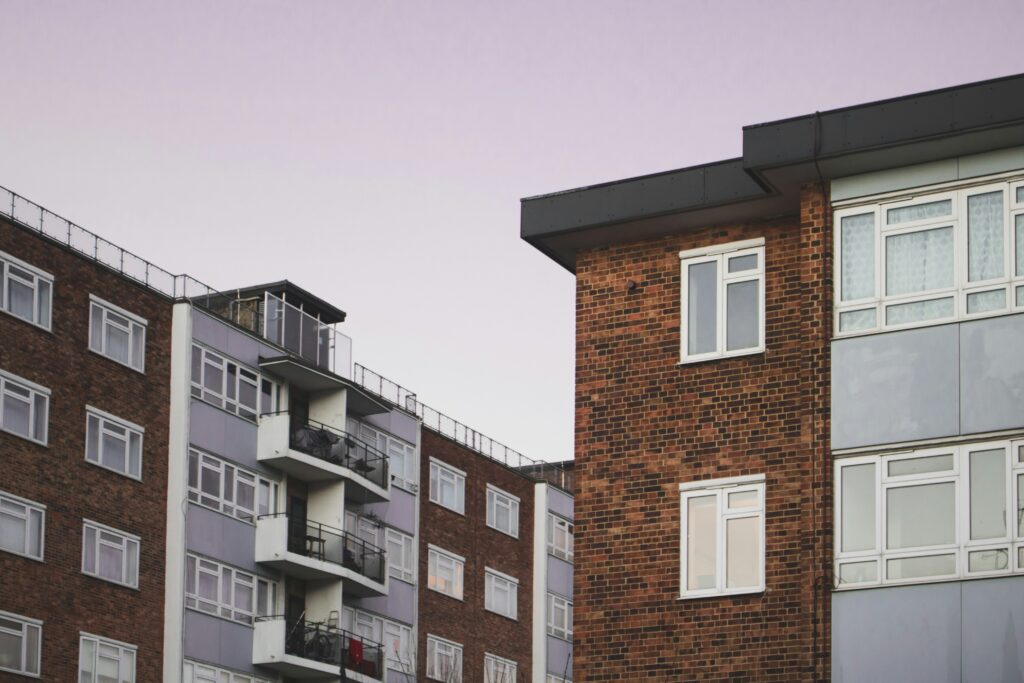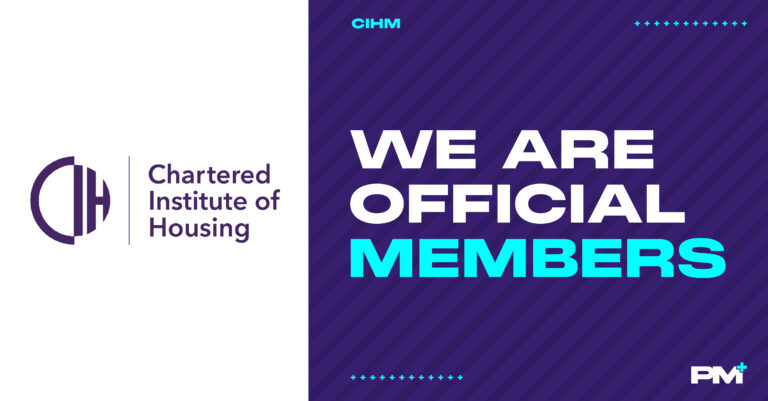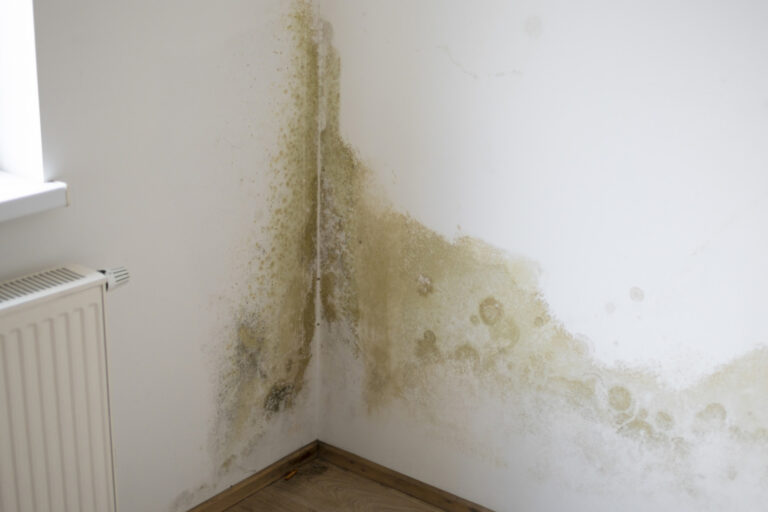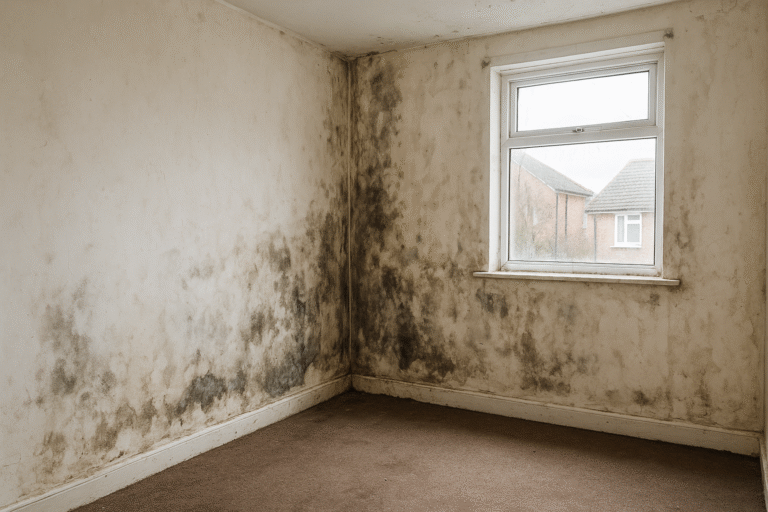With Awaab’s Law coming into force on 27 October 2025, social landlords across England will face strict new legal obligations to respond to hazards such as damp, mould, and other health risks within set timeframes. The law is named after Awaab Ishak, the two-year-old who tragically died in 2020 due to prolonged exposure to mould in a social housing flat. His death, and the systemic failures that followed, sparked a national outcry and now a legal mandate that housing providers cannot afford to ignore.
But what happens if landlords fail to meet these new deadlines?

While the law sets out practical timeframes and responsibilities, the consequences of non-compliance are likely to go far beyond a technical breach. From rising litigation to reputational fallout and increased regulatory scrutiny, the risks are growing — and fast becoming comparable to the housing disrepair crisis that has overwhelmed many providers in recent years.
Legal Action Is No Longer a Last Resort
Under Awaab’s Law, if a tenant reports a hazard and the landlord fails to respond within the legal timeframes — 24 hours for emergency issues and 10 working days for significant hazards like damp and mould — that failure can lead to formal complaints, ombudsman involvement, and ultimately legal action.
Tenants will have a statutory right to escalate unresolved or delayed cases, and increasingly, legal representatives are stepping in. Just as we have seen in the world of disrepair claims, “no-win, no-fee” solicitors are likely to begin targeting housing providers who fall short of Awaab’s Law requirements. Landlords may soon find themselves defending claims not just about the presence of damp or mould, but about the timeliness of their response.
A New Frontier for Claim Farming?
One of the less discussed but highly likely consequences of Awaab’s Law is the potential for claim farming. Housing disrepair litigation has already become a lucrative business model for certain law firms and marketing companies, and Awaab’s Law introduces a fresh set of obligations that can be quantified, timed, and legally challenged.
There is a very real risk that tenants who experience delays — even if they eventually receive repairs — will be encouraged to take legal action based purely on missed deadlines. If claim firms shift their attention to Awaab’s Law breaches in the same way they have targeted disrepair issues, housing providers could face a surge in litigation, administrative burdens, and legal costs.
Damaged Trust, Damaged Reputations
For social landlords, reputation is hard-earned and easily lost. Missing Awaab’s Law deadlines could quickly erode public and tenant confidence, especially if delays are seen as part of a wider pattern of neglect or underinvestment.
The public narrative around social housing has become increasingly critical in recent years. Cases of damp, mould, overcrowding and poor maintenance continue to dominate headlines. With Awaab’s Law in place, missed deadlines are no longer just operational oversights they are evidence of legal failure, and the media, campaigners, and political figures will treat them as such.
The reputational fallout can go far beyond press coverage. Landlords may find it harder to maintain staff morale, secure grant funding, or defend their position in the eyes of tenants and regulators.
Regulatory Scrutiny Will Intensify
Regulatory bodies such as the Housing Ombudsman and the Regulator of Social Housing now have a clear legal framework against which to assess complaints and compliance. Awaab’s Law adds further weight to the Decent Homes Standard and HHSRS guidance, and failure to comply may trigger formal investigations, performance improvement plans, and in some cases, governance downgrades.
The Housing Ombudsman already has powers to name and shame providers, publish public reports, and order financial compensation. The Regulator, meanwhile, can intervene where there are systemic failings. Missing response deadlines repeatedly — or failing to show a credible plan to meet them — may invite significant intervention.
Operational Strain and Financial Pressure
Beyond legal and reputational risks, there is the operational reality of what happens when deadlines are missed. Delays in addressing hazards can quickly spiral into a backlog of cases, overloading contact centres, repairs teams, and contractor supply chains. Housing providers may find themselves locked in a reactive cycle where issues worsen, costs rise, and tenant trust declines further.
What starts as a missed inspection or an overdue repair can soon lead to emergency works, temporary accommodation costs, and escalated complaints all of which come with added expense and disruption.
Moreover, the impact on insurance premiums and liability exposure should not be overlooked. Repeated breaches or unresolved hazards could result in higher premiums, refusal of cover, or increased risk around personal injury claims particularly where tenants can show a direct link between delays and health problems.
A Preventable Crisis — If Landlords Act Now
While the risks of non-compliance are serious, they are also avoidable. The key is to take a proactive, structured approach to Awaab’s Law readiness — one that moves beyond box-ticking and genuinely transforms how hazard reports are triaged, tracked, and resolved.
At PM+, we’re working with social landlords across the UK to implement evidence-based, real-time solutions that support early intervention and legal compliance. Our services include:
- Damp and Mould Surveys carried out by experienced professionals
- Fabric and Environmental Monitoring to identify issues before they escalate
- Disrepair and Legal Risk Assessments to strengthen your defence and reduce claim exposure
- Retrofit Measurement and Validation to support long-term improvements in building performance
We believe that every tenant deserves to live in a warm, dry and safe home — and that housing providers deserve clear, practical support in delivering that goal.
Final Thought
Awaab’s Law is not just a regulatory update — it is a legal turning point. It introduces measurable deadlines, clear tenant rights, and a fresh wave of potential risks for landlords who are unprepared.
Just as disrepair claims have become a defining challenge for the sector, so too could Awaab’s Law — unless housing providers move quickly to embed new systems, build tenant trust, and demonstrate real accountability.
For landlords, the message is clear: prepare, act, and evidence — before deadlines become headlines.








